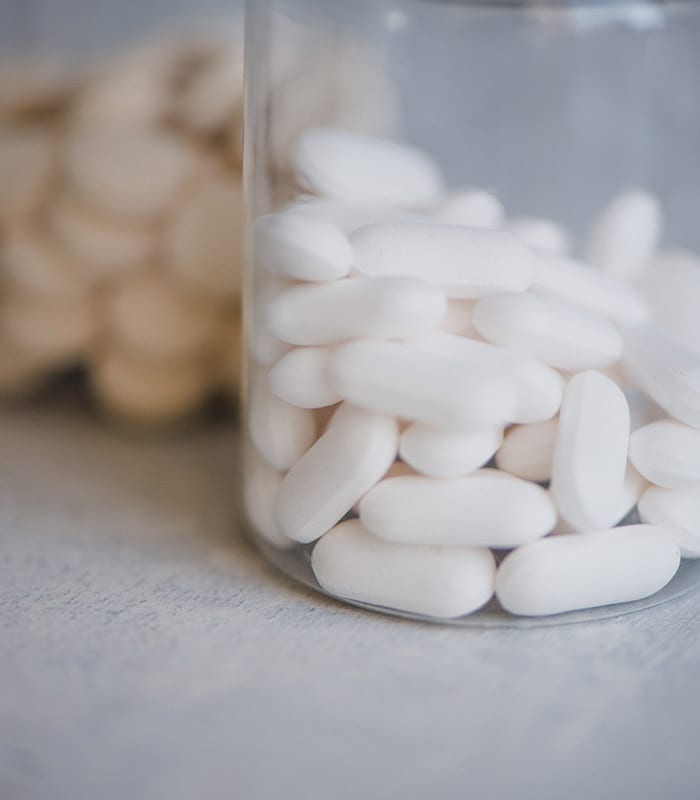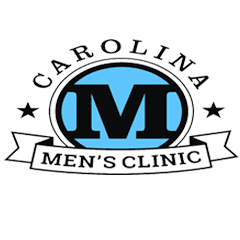Innovative Treatments For Men.
PERFORM THE WAY YOU USED TO.
Low Testosterone
What Is Low T?
The facts are clear. Men in the 21st century are suffering from low testosterone (Low T) in record numbers. More men suffer from low t than men who suffer from erectile dysfunction.
Low T is a condition where your levels fall below the recommended range. The range is very broad, the high end being 1100, the low end 347. The recommended range for a mans’ T levels is between 700 to 900.
While many men have T levels above 347, they still are candidates for supervised T treatment plans.
The good news is, with the correct Physician supervised program, men of all ages can experience dramatic improvements in their T levels. The result is a more active, robust lifestyle without side effects.
Men who have below average T levels may experience the following:
Loss of Libido (sex drive)
Muscle Loss
Erectile Dysfunction
Sleep apnea
Erectile Dysfunction
Hair Loss
Memory Loss
Depression
Weight Gain
Irritable Male Syndrome
Fatigue and decreased energy levels

Medications
Many times the medications prescribed to treat the trauma or injury will accelerate the reduction of testosterone in men.
Second, many of the medications men take for High Blood Pressure, High Cholesterol, Diabetes, Acid Reflux, will contribute to the reduction of testosterone levels. While these medications should not be stopped, supplementing the correct testosterone treatment plan can improve T levels dramatically.
Are Testosterone Treatment Dangerous?
The American Medical Association has not documented one case of heart attack or stroke attributed to testosterone treatment. There are more cases of heart attack and stroke attributed to Low Testosterone.
The safest form of treatment for a patient with Low T is to use a cream based treatment plan under the direct guidance and care of a physician.
Any Low T treatment plan should be accompanied by regular blood testing to insure safe levels of testosterone and to check for blood clotting.
Treatment Options
There are many different types of treatment for Low T. As a patient it’s hard to know which is right for you and will give you the best results. Unfortunately many patients test many different forms of treatment without understanding the pros and cons of each.
Oral
Most oral medications to increase testosterone are a waste of time and money. Tests have shown less than 1% of the testosterone is used and absorbed by the body. While vastly popular as an over the counter solution, this form of treatment will not yield the desired results for 99% of the patients.
Injections
The most common form of testosterone treatment. The patient is given injections, ranging between every 1 to 3 weeks. These injections are done either by the patient or in the physicians office.
Widely prescribed, patients see very different results. Many patients experience ‘peaks and valley’ syndrome with testosterone. This is where the mans’ T level will vary widely based on the cycle of the T shots. Many men will feel worse than before starting treatment.
Another downside to this treatment is over 90% of the testosterone is wasted and not used by the body. Leads to higher incidences of heart attack, stroke and other medical issues such as blood clotting.
Pellets
A device is implanted into the patient usually in the buttock. Can be very expensive. Needs to be refilled every 90 days via in office surgical procedure. The same amount is dripped into the blood stream. A large portion of the testosterone is wasted and not used by the body.
Under Arm
Like a roll on deodorant. A widely prescribed solution and used by many physicians. You apply it yourself daily or as prescribed. However, it is proven to be the second least effective method of increasing testosterone in a patient.
Fatigue and decreased energy levels
Lack of or reduced sexual desires
Trouble getting or maintaining an erection
Loss of muscle mass and strength
Increase in weight
Mood swings or depression
Cream
Considered to be the most effective testosterone treatment available. Applied daily in the groin area. With the right program and design up to 90% of the testosterone is absorbed into the body. Many experienced physicians consider this the best program for many men and the least likely to develop blood clotting.The Secret ‘Sauce’ To Effective Testosterone ReplacementOver 90% of testosterone treatment is wasted, unless you use the secret medication called DHEA. This allows the cells to become sticky and receive the testosterone into the cell. It is applied daily in a cream format, is safe, effective and absorbs 90% of the testosterone.At the The Carolina Men’s Clinic, we use T Therapy that uses a cream based testosterone therapy and DHEA. Our patients have experienced tremendous results on Wiley vs. other programs..
Testimonials
What People Are Saying
Mooresville, NC
Sean M – Age 55
“I am a believer! I started the T Therapy under the guidance of the medical staff at The Carolina Men’s Clinic and the change is amazing. I looked at all types of treatments and even tried some of the over the counter programs. Wiley is the best.”*

Charlotte,NC
Bobby M-age 67
“I tried shots from my family Doctor to treat my low testosterone. After one year, my T levels had not changed dramatically. It was tiresome to go into the doctors office weekly for my shots and get little or no results.When I moved to using the new protocol, within 2 months, I noticed a dramatic difference in my sex drive, focus at work and experienced greater muscle tone.”*

Waxhaw, NC
Matt G – 47
“I tried pills, shots and other creams. When I started T Therapy, I didn’t see much of a difference… at first. Then one day I walked into my bathroom with my shirt off and my wife 22 years remarked at how ‘cut’ my body had become using Wiley. I notice my workouts are stronger, my recovery shorter and my erections are harder. I recently took a trip with my son and his Boy Scout troop to backpack 10 days in the wilderness. The other dads were hurting each and every morning. I was in great condition and kept up with the younger scouts.”*
